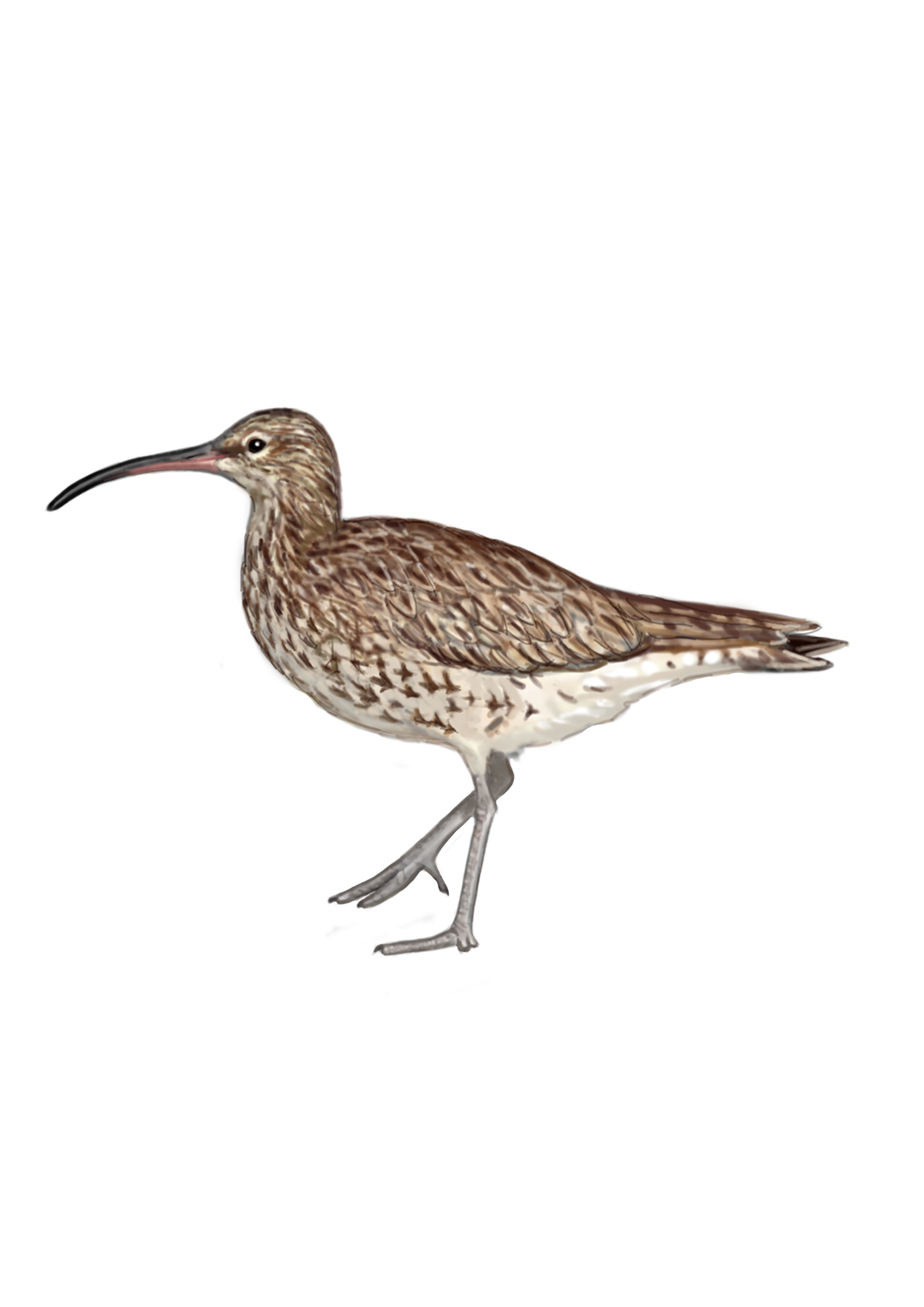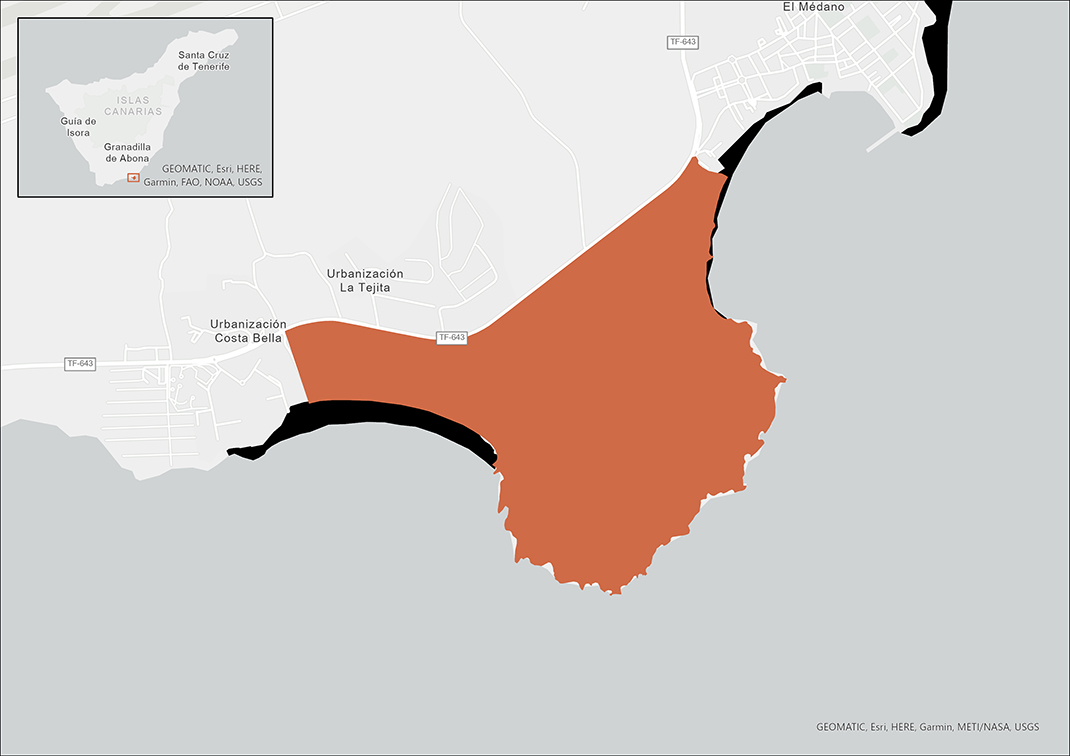Plan your next adventure
Tailor your own route along Tenerife’s trails quickly and easily..
Go to planner
The Montaña Roja special nature reserve is an icon of the island’s south.
This protected area stretches along 3km of coastline. It features a volcanic cone formed of basalt pyroclasts which give it its characteristic red hue; a hugely beautiful sight that’s impossible to miss in the Tenerife landscape.
Recommended time to visit: Autumn
This area was formed around 500,000 years ago along with el Médano. It is located in an area where the trade winds blow almost all year-round, providing a fairly high relative humidity. However, it is also very exposed to the sun and has little rainfall.
The area is also made up of Montaña Bocinegro, Leocadio Machado beach (which lies partly inside the protected area), fossil dunes at the base of the mountain and sandy dune flats known as médanos.
These ecosystems are rare in the western islands and threatened by human pressures, yet they contain a community of plants that is hugely valuable as it can only be found in this part of the province.

The desert conditions have meant that the area’s plant species are adapted to the harsh climate.
You will mostly find shrubbery, adapted to high salinity, with dull colours and succulent leafs or needles. Some of the species to be found here include siemprevivas, sea lettuce (Ulva lactuca), balsam spurge (Euphorbia balsamifera), balo (Plocama pendula), aulaga (Launaea arborescens), barrilla (Mesembryanthemum crystallinum), and balancón (Traganum moquinii).
In terms of fauna, the absence of reptiles is striking, as they adapt poorly to sandy ecosystems and can only be found in the rocky areas around the Montaña Roja cone.
Among the invertebrates, of particular note is the characteristic Canary Island Pimelia darkling beetle.
This is also an good place to spot birds that are common in grasslands and along the coast, such as the Eurasian stone-curlew, shrike, spectacled warbler, Eurasian hoopoe and the little ringed plover.
Until recently it was also possible to see the Mediterranean short-toed lark, cream-coloured courser, Kentish plover and the trumpeter finch. However, human pressures and the presence of unleashed dogs and wild cats have led them to abandon the area.
Other species that can still be seen are the Barbary falcon and Scopoli's shearwater. This area also serves as a place for rest and feeding for migratory birds such as the common sandpiper, chorlito grande (Charadrius hiaticula), ruddy turnstone, dunlin, and other wader and marine species.

166 hectares (0.8% of the island)
Canary Island Pimelia darkling beetle, Eurasian stone-curlew, Barbary falcon, shrike, Scopoli's shearwater.
Volcanic, sandy shore, fossil dunes, beaches, cliffs.
To consult permits for use and updated regulations for this Protected Natural Area, visit the official website of the Government of the Canary Islands.

Tailor your own route along Tenerife’s trails quickly and easily..
Go to planner